
Assmaa Rady
Image via Swaggers Crew
Being a long-standing civilisation, Egypt was the origin of many movement arts within its rich culture, and it’s also been a welcoming home to all the international arts. These arts visited, stayed, and ultimately became intertwined with Egyptian culture, other than the inherently Middle Eastern dance styles, like tanoura, belly dance, or dabka.
Cairo has become an Egyptian centre for many international dance arts from the West. That’s why you’ll always find many dance styles in Egypt, and you’ll see them done by certified professionals, art institutions, cultural centres, or passionate enthusiasts; Egypt has always been a vibrant and diverse hub of the arts.
Ballet: From Italy to the Cairo Opera House
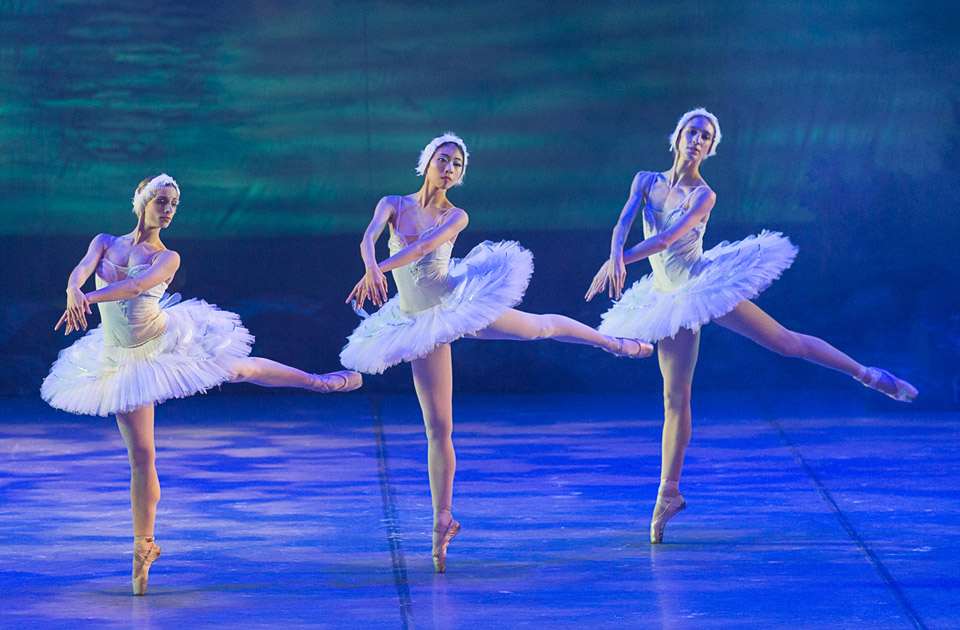
Image via Ahram Online
The ballet dance style originated in Italy in the 15th century. The word stemmed from the Italian word ballare, which means to dance. The art has been spreading throughout the world ever since. When it came to Egypt in 1958, the first Egyptian ballet school was established to present the dance form in Egypt and uphold this Italian art in our society.
Nowadays, the renowned Cairo Opera House continues to be the heart of ballet in Egypt, where Egyptians and foreigners partake in the art. The Cairo Opera House has kept its principal role in the art of ballet by teaching the art in Egypt, hosting national and international ballet performances, and being a central means of cultural exchange between Egypt and the world in the ballet community.
Flamenco: From Spain to Egyptian Media
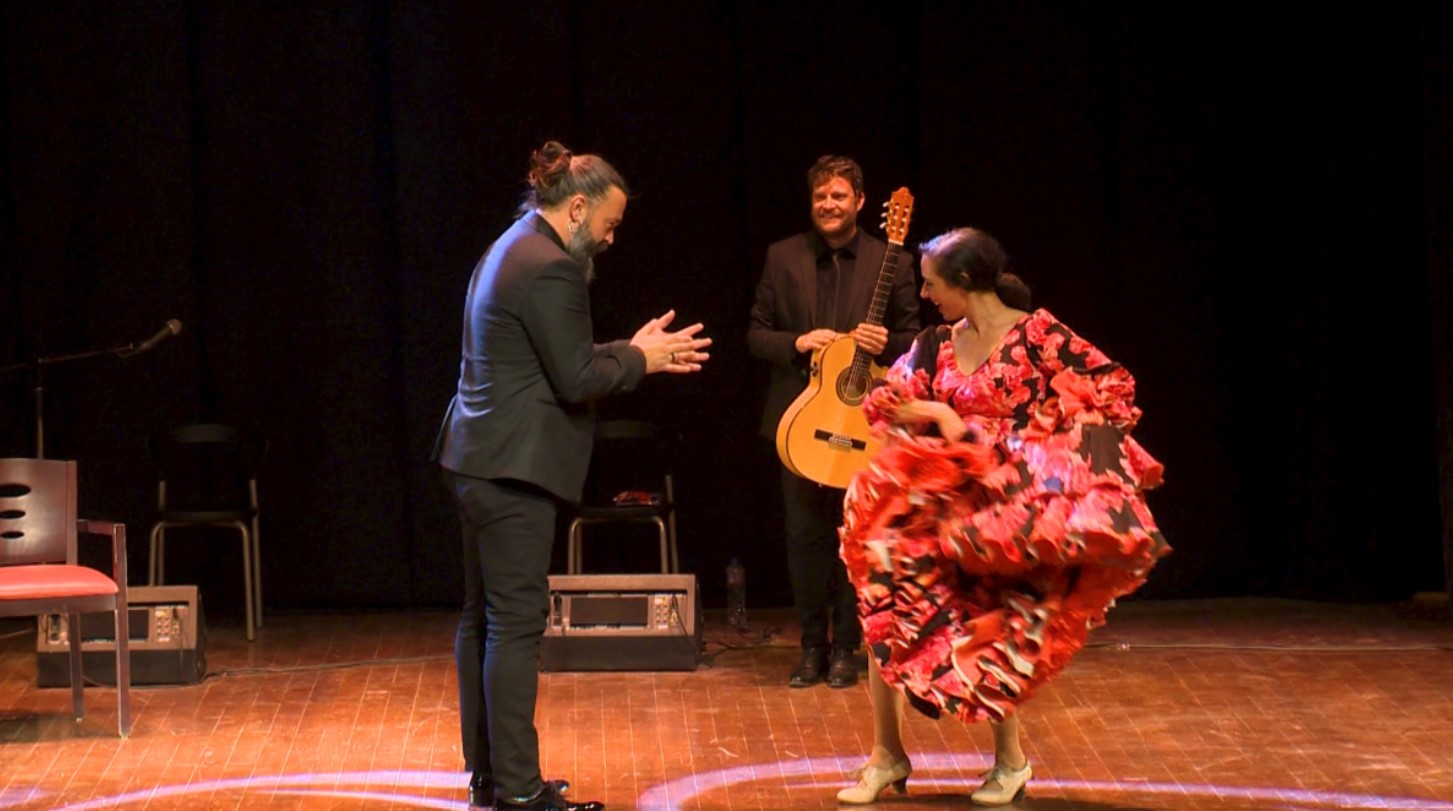
Image via NMEC
There’s not an identifiable date or a point in history that marks the introduction of Flamenco into Egyptian culture and society. However, it can be safe to say that Flamenco has existed in Egypt for at least a few decades. Besides hosting numerous authentic performances, especially in Cairo and Alexandria, Egypt has presented the Flamenco dance style in various media forms like live opera, theatrical plays, and cinema.
Flamenco eventually became integrated into the diverse Egyptian culture and is now taught by Egyptian instructors to Egyptian performers. Many art academies and centres now host Flamenco workshops and events, with Cairo Contemporary Dance Center being the most prominent one.
Salsa: From Latin America to the Egyptian Latino Community
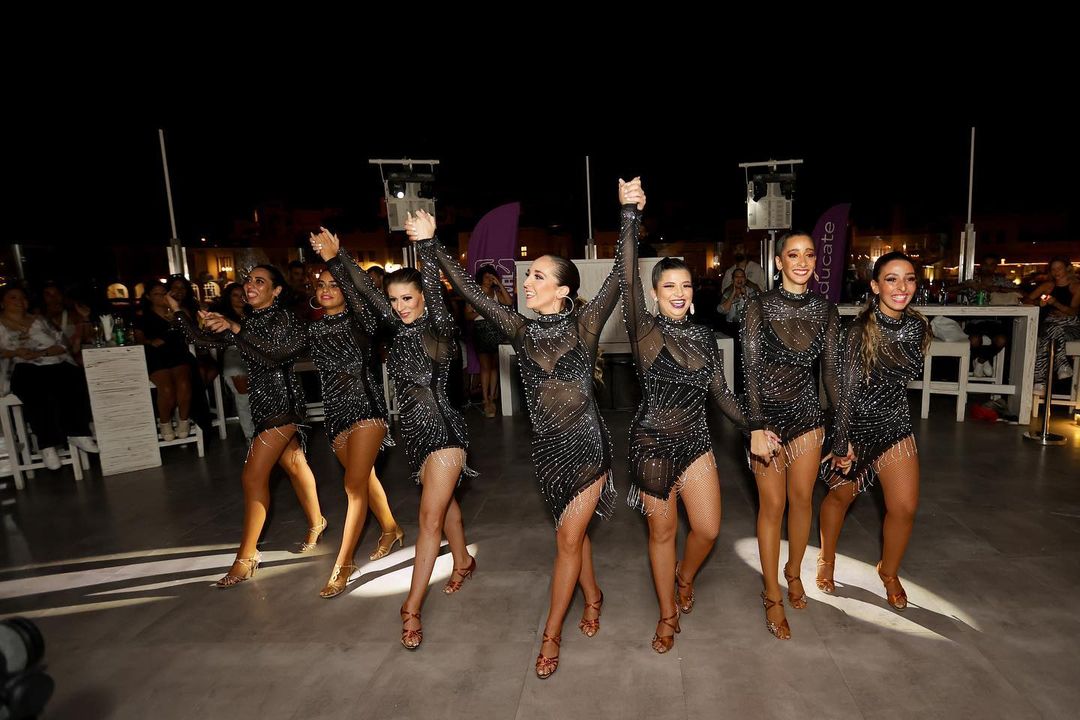
Image via Cairo Gossip
Coming all the way from Latin America, Salsa is an internationally recognised dance style that stands out by its lively spirit and passionate nature. Salsa originated in Cuba in the late 18th century and developed into its final form in New York during the 1960s. Salsa’s music and style come from a vibrant mixture of the global South with tunes and movements influenced by the Caribbean, Africa, and Latin America.
That’s why, when Salsa came to Egypt decades ago, it quickly developed a huge reputation and was loved by many Egyptians. Its remarkable popularity in Cairo peaked in the 2000s and early 2010s. To this day, Salsa is still upheld and performed by many in Cairo and Alexandria, mainly by the Latino Dance Community in Egypt and Latin Love Studios, which also host numerous dance nights and salsa workshops.
Swing Dance: From America to the Community of Swing Dancing Egypt
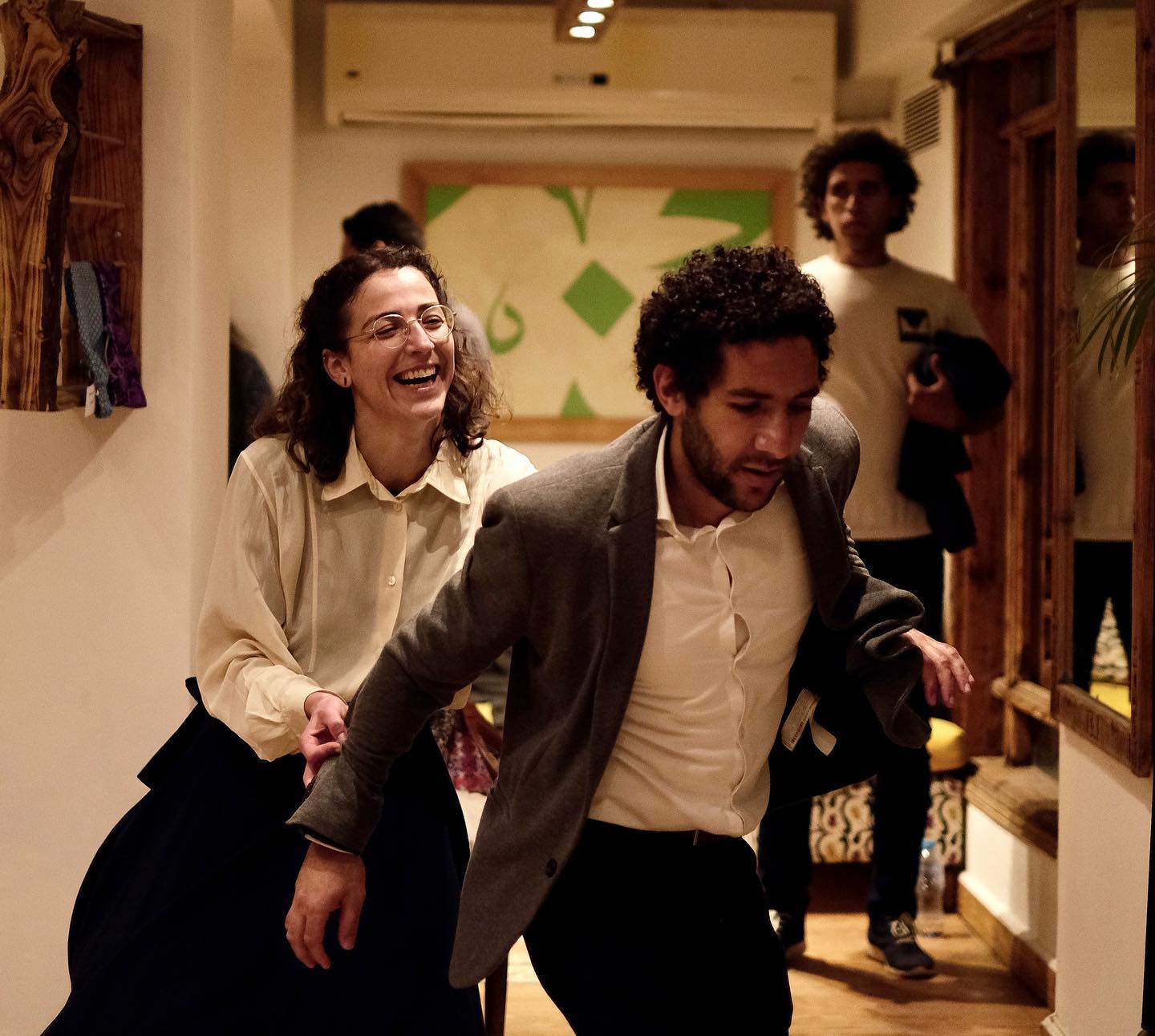
Image via Swing Dancing Egypt
Originating from the African-American community in New York during the 1940s, swing dancing is a popular classic dance style focusing on partner or group fun with vibrant rhythm and flow. The dance style came to Egypt years ago and has been loved by its loyal enthusiasts ever since. Swing dancing has existed in Egypt through multiple channels. Swing Dancing Egypt is the most popular one for frequently holding swing dancing workshops at all levels and many social events, making it easier for this dance community to welcome new participants and grow larger.
Contemporary Dance
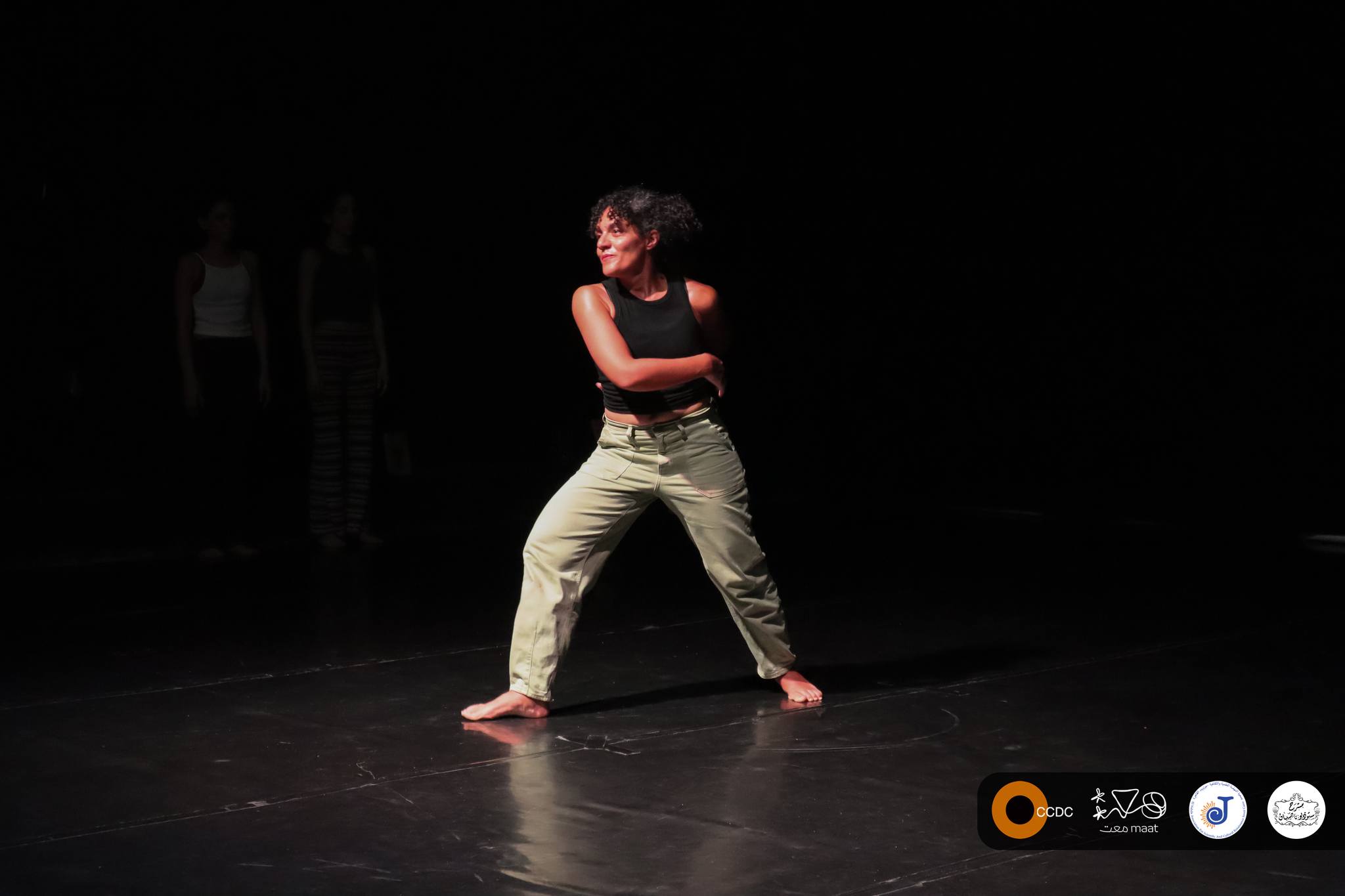
Image via CCDC
Derived from jazz and ballet, contemporary dance emerged from San Francisco as a freer dance form of ballet for more authentic and creative self-expression. With the legendary work of Walid Aouni, the Egyptian Modern Dance Theatre Company was founded in 1993 to produce and direct numerous marvellous contemporary dance performances. Another widely recognised leader in modern dance in Egypt is the Cairo Contemporary Dance Center, which holds professional workshops.
Hip-Hop: From the Streets of New York to the Underground Scene of the City
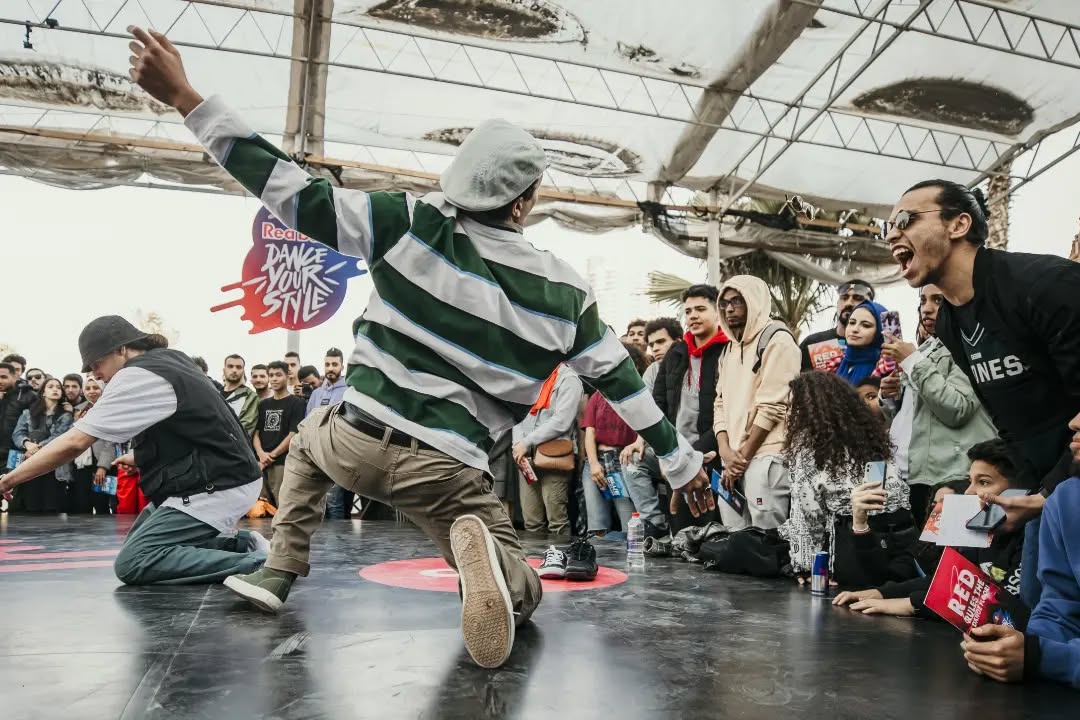
Image via Swaggers Crew
Blooming from the heart of New York in the nineties, hip-hop travelled to Egypt to become a striking symbol and representation of the underground scene, especially in the 2010s. Hip-hop in Egypt accompanied a whole generation, not just as dance moves but as a medium of creative self-expression among youth, including attitude, style, and a revolutionary music genre. However, hip-hop didn’t just end in the 2010s. The dance style is still loved, danced, and taught in many studios and art spaces, like DanZone Art & Dance Studio, Homies Dance Studio, and Adams Dance Studio.
Breakdance: From NY to the Egyptian Street
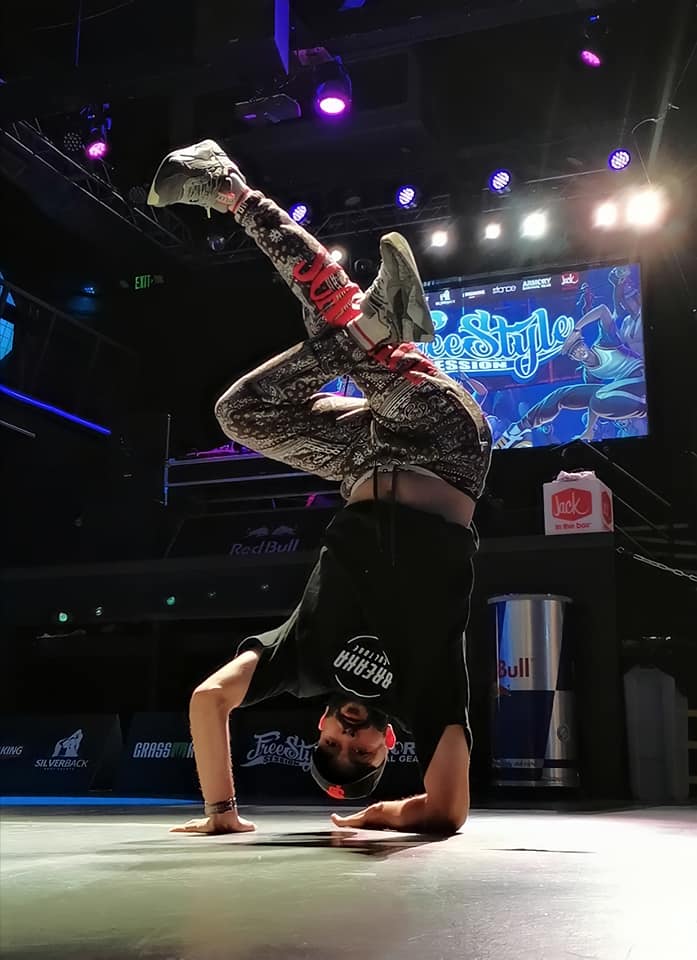
Image via Charley Breaka
Breakdance emerged alongside hip-hop in New York during the 1970s and was adopted in Egyptian streets equally as well. Although it’s not quite as popular as hip-hop, breakdance has its own loyal community and fanbase in Egypt, like the B-Boys. Breakdancing is more than a dance style or a frequent hobby for B-Boys. It’s a way of living, style, and a tight community.
There may be a few workshops for breakdancing, but the essence of the art lies in the freedom of practice and expression, as it doesn’t require the rehearsed dance moves or the fancy stage; breakdancing is a freestyle art. Royal Battle Egypt is the biggest breakdancing competition in Egypt to support B-Boys.
Folklore: Collecting Traditional Dances from Every Inch of Egypt
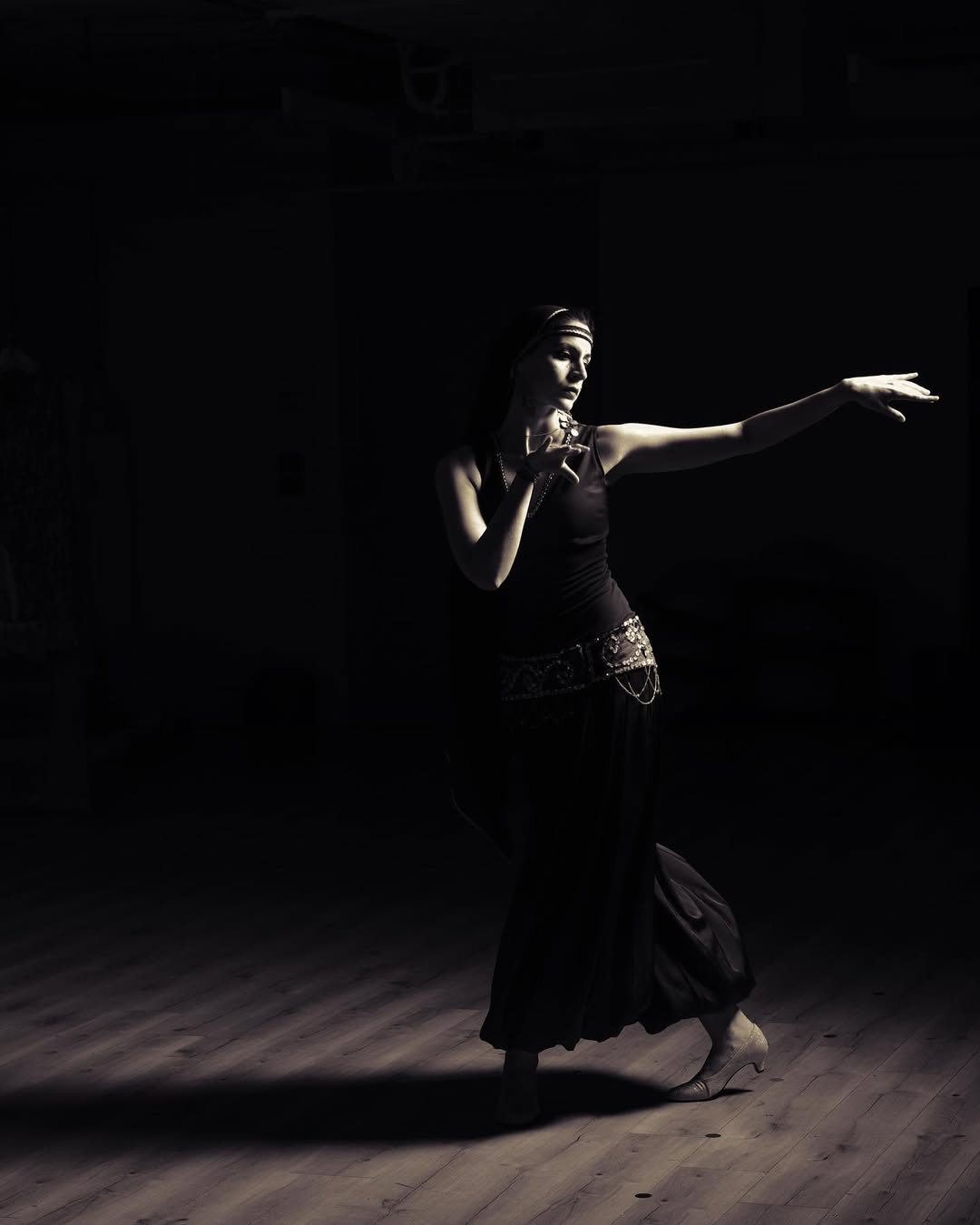
Image via Pinky Selim
Egypt has never been short of its own arts and culture. It has been the origin of many folk dances and traditions. The standard folk dance in Egypt combines traditional dances from all over Egypt, from Nuba and Upper Egypt to the Northern Coastlines of Alexandria, Port-Said, and so many more. The art is still upheld and practised from the legacy of the Reda Troupe, especially by the AUC Alumni Community.
recommended
 Shopping
Shopping
Black Friday 2025: Where to Find Discounts & Offers in Egypt
Affordable shopping black friday +3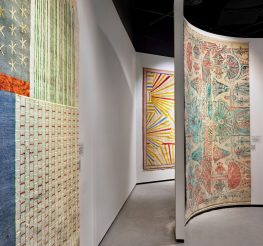 Arts & Culture
Arts & Culture
Cairo Design Week 2025: A Celebration of Creativity Across the City
Art Galleries in Zamalek arts and crafts +3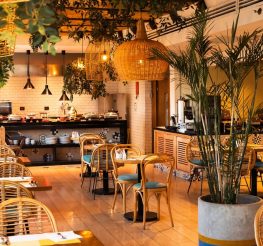 Restaurants
Restaurants


